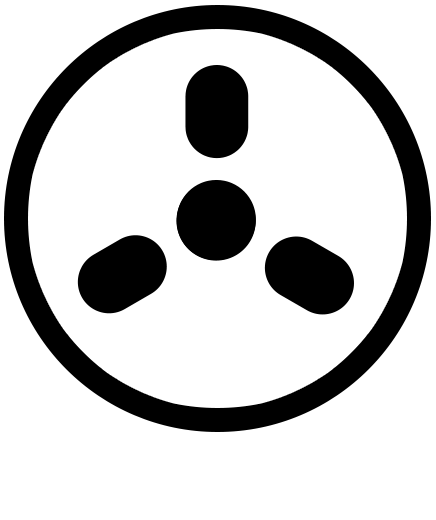When did you start getting into recording?
When I was in Thin Lizard Dawn [dearly departed pop group on RCA], the extent of my audio engineering was on a Yamaha MT100 4-track. I used to take that everywhere with me, I just wanted to record everything — songs, weird noises. But it wasn't until 1998 when, towards the end of TLD, I got this Tascam 1/2" 8-track and Ramsa 18 channel board that I really got going. One of the reasons I had the 4-track was because I didn't have a place to live. I was going all over the place my first seven years in NYC.
What are the other key pieces of gear here?
If I could only have a couple of things, I'd have the 8- track and these Daking 52270 mic pres. They're really amazing and warm, and that way the signal is record album quality.

What's the biggest challenge you face working out of your home?
I would say the biggest problem is recording drums. I used to have a kit set up in the bedroom, but people started throwing beer bottles at my windows when I recorded them! One solution is recording drums somewhere else. The other solution to that was drum machines like my Korg ER1 and EA1, and Roland SP808. You can get really into drum machine programming. I also use a Suzuki RPM-40, which not a lot of people know about. It runs on batteries and it sounds amazing — I'll hook it up to a Digitech digital delay and put a tight delay on it, so it sounds like John Lennon, the Plastic Ono sound. You wanna hear it really quick? I bought it from someone through the classifieds at HarmonyCentral.com, which I like better than eBay for getting gear online.
How do you build a song here?
The first thing I do is sit down with my acoustic guitar and I write the song before I get any fancier. If a song sounds good that way, then it will be a good song. Then I'll record the drum machine so I get the tempo, and then I'll record with a mic on my acoustic guitar and an AKG 1000 or Rode NT1 mic on my voice. Those are all mono tracks... Well, actually one and two are stereo, because the vocal mic is picking up the guitar and vice versa, so it's like a stereo room mic. That's a technique I discovered on my 4-track.
How did you pick your vocal mics?
Whatever came my way that was cheap, to be honest. They're low-budget, high-quality mics.

You've got a lot of cool little amps.
I like small, vintage, all-tube amps. For instance, I have a '60s Magnatone Custom 410, which has two speakers. One works as a tweeter. I like to use the amps plugged in straight if I'm recording the rhythm part, and the lead part I use an Ibanez TS-9. I have a lot of effects, but I try not to use them, because you can go crazy. The best tone is distortion from the amps. I really like the sound of just the guitar, the way it's supposed to sound — I just mic it with a Shure SM57 really close to the speaker. I usually don't get into the room sounds with the guitars. I find that makes the mixes really muddy.

All the guitars on your last NYCSmoke album, For the Posers, sound really great — raw and present. What's tougher, nailing acoustic or electric guitar sounds?
Probably it's harder to get a good electric guitar sound. I think the most important thing is to have it sound good before you even mic it. Acoustic is easy for me because I have a great acoustic guitar, a Dove from the '60s. You can't make it sound bad. With the electric guitar I have more options, like a different pedal or amp, but the more options you have, the more time you take up. I think it's important to move quickly when you're creating a song, at least in this home environment. Sometimes when you get bogged down trying to choose the right pedal, it gets in the way of being creative. One key thing is that I have two different rooms here. Sometimes when I'm recording vocals and electric guitar I'll be sitting in the living room where the mixing desk is, and I'll have the guitar amp in the bedroom. The vocal mic in here will pick up the acoustic sound of the electric guitar while I'm singing, while in there you have a close mic on an electric guitar. It makes a really interesting sound. Going back to what I said about making stereo tracks guitar/vocal tracks, it ties into the way that the limitations and the way of working quickly create the sound. The sounds are very raw and pretty lo-fi coming out of here. I could make it sound more glossy, but it's not my thing.
How have your audio engineering skills helped you as a songwriter?
Sometimes you get a sound from an engineering aspect. Like sometimes I'll put the drum machine through a delay pedal, and that way you can get a totally new beat, which can inspire a song. Effects that turn into landscapes of sound can be inspiring — if I'm not inspired I can just start going nuts on the sounds and something will emerge. All that, plus I always make sure I'm in tune. You wanna hear a song?






